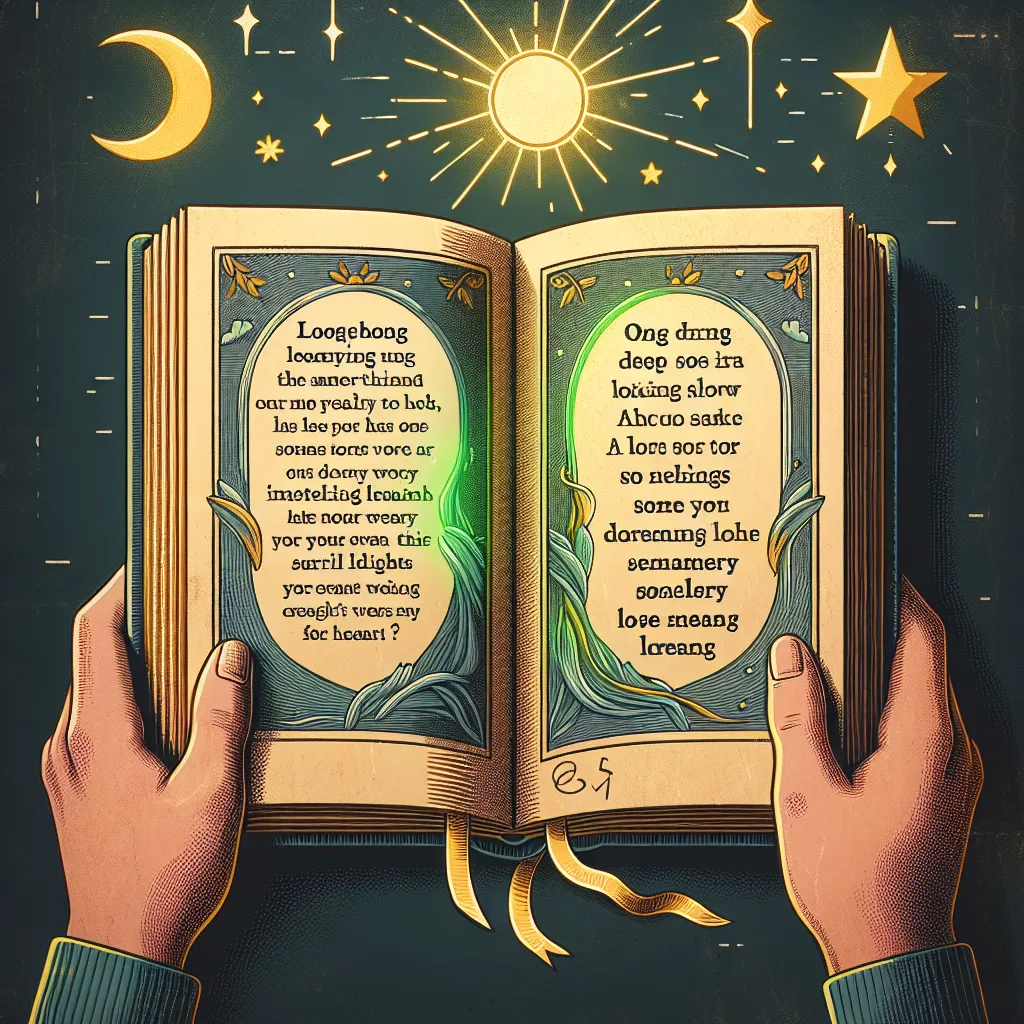Ask AI on The Internet
Question: Analyze the different social classes and divisions depicted in the novel, such as old money vs. new money, East Egg vs. West Egg, and how these divisions reflect broader social stratification. How do these themes connect to current discussions around urban/rural divides, the role of elites, and the persistence of class barriers? with textual evidence
The novel in question, likely F. Scott Fitzgerald’s "The Great Gatsby," offers a rich tableau of social stratification that is still relevant in contemporary discussions around class divides. To analyze these themes, we need to examine how Fitzgerald portrays different social classes and divisions within the narrative and how these reflect broader societal structures both in the 1920s and today. 1. **Old Money vs. New Money**: - **East Egg (Old Money)**: Characters like Tom and Daisy Buchanan represent the established aristocracy, or “old money.” They have inherited their wealth and live a life of careless ease and privilege. This is illustrated in Tom’s dismissal of Gatsby and his origins: "Who is this Gatsby anyhow?... Some big bootlegger?" (Chapter 6). Their sense of superiority and protection of their social status highlights the durability and exclusivity of old money. - **West Egg (New Money)**: Gatsby himself represents "new money," those who have recently acquired wealth, often through dubious means. Despite his wealth, Gatsby's background and the source of his fortune keep him forever outside the true elite circle. This is evident when the narrator states, "His dream must have seemed so close that he could hardly fail to grasp it." (Chapter 9), illustrating the illusory nature of social mobility. 2. **Geographical Division**: - **East Egg vs. West Egg**: These fictional places symbolize the entrenched social divisions. East Egg residents are portrayed as more refined and prestigious, whereas West Egg residents, despite their wealth, lack the same social standing. This geographic metaphor underscores the rigidity of social hierarchies and the illusion of the American Dream. - **The Valley of Ashes**: Represents the stark contrast between the wealthy Eggs and the working class. The valley, home to George and Myrtle Wilson, is a desolate wasteland that highlights the extreme poverty and the vast chasm between the rich and the poor. Fitzgerald describes it as "a fantastic farm where ashes grow like wheat into ridges and hills and grotesque gardens" (Chapter 2), emphasizing the industrial fallout and neglect faced by the poor. 3. **Broader Reflections on Social Stratification**: - **Urban/Rural Divide**: The novel mirrors current discussions on the urban/rural divide. In today’s context, rural areas often experience economic hardships similar to the "valley of ashes" while urban areas, like East Egg, symbolize wealthy metropolitan hubs. The novel suggests that regardless of the era, geographic and economic divides persist, often dictated by industry and policy. - **Role of Elites**: The elites in "The Great Gatsby" play a significant role in maintaining social hierarchies. Tom Buchanan embodies the timeless arrogance and entitlement of elites who believe that their status is both natural and deserved. Similarly, today's elites, through their control of political, economic, and cultural capital, perpetuate class barriers. - **Persistence of Class Barriers**: Fitzgerald illustrates the tenacity of class barriers through Gatsby’s ultimate failure to truly integrate into East Egg society. This resonates with modern discourses on social mobility, where structural barriers still prevent significant crossover between classes despite the appearance of opportunity. Gatsby’s tragic end—"He had come a long way to this blue lawn and his dream must have seemed so close that he could hardly fail to grasp it" (Chapter 9)—serves as a powerful commentary on the illusory nature of the American Dream. In conclusion, the social divisions in "The Great Gatsby" are not just pertinent to the 1920s but echo contemporary societal issues. The old vs. new money dichotomy, geographic stratifications, and the role of elites reflect timeless discussions on class barriers and social mobility. By examining these themes, we can better appreciate the persistent challenges and inequities in our own society.
Think your answer is better than the AI's? Post it below.
Other Most Relevant Posts:
 Wealth and Inequality: Echoes of The Great Gatsby in Today’s America – A Comparative Analysis of Fitzgerald's Themes and Modern Income Disparities
Wealth and Inequality: Echoes of The Great Gatsby in Today’s America – A Comparative Analysis of Fitzgerald's Themes and Modern Income Disparities
 Decadence and Division: Exploring Moral Decay and Social Fragmentation in *The Great Gatsby* and Today’s Political Landscape
Decadence and Division: Exploring Moral Decay and Social Fragmentation in *The Great Gatsby* and Today’s Political Landscape
 From Gatsby to Today: Exploring Moral Decay and Social Disintegration in The Great Gatsby and Modern Political Polarization
From Gatsby to Today: Exploring Moral Decay and Social Disintegration in The Great Gatsby and Modern Political Polarization
Question Tags
If you want your question answered by an AI, click here.




Post your own comment: